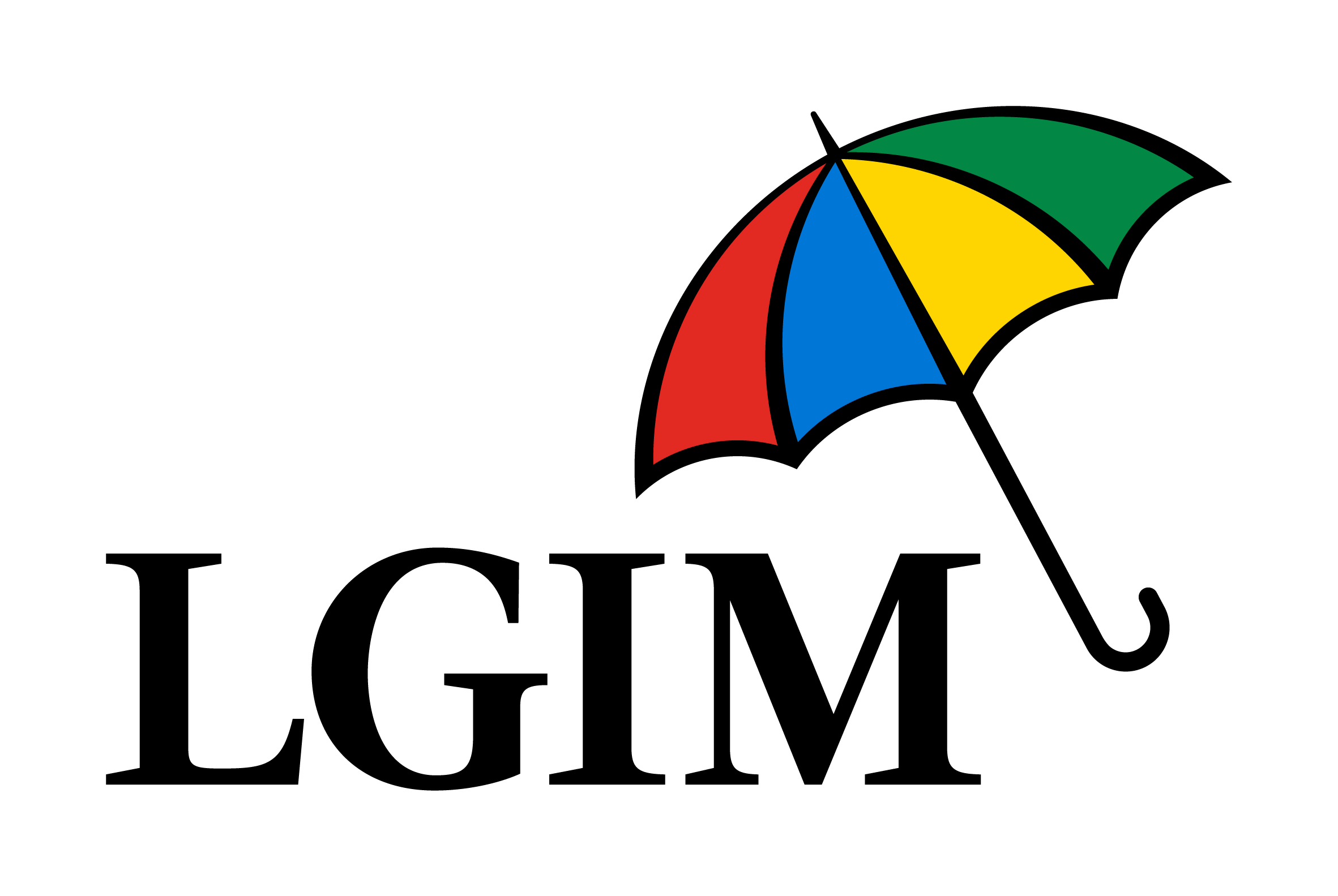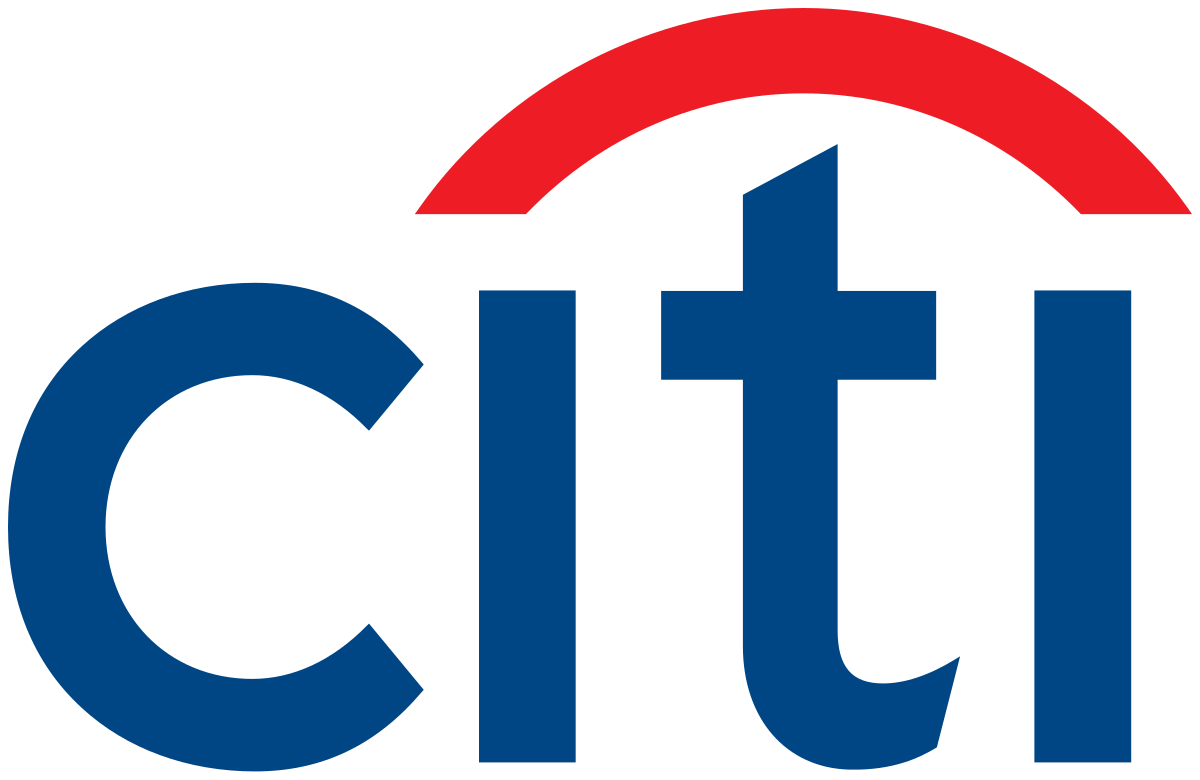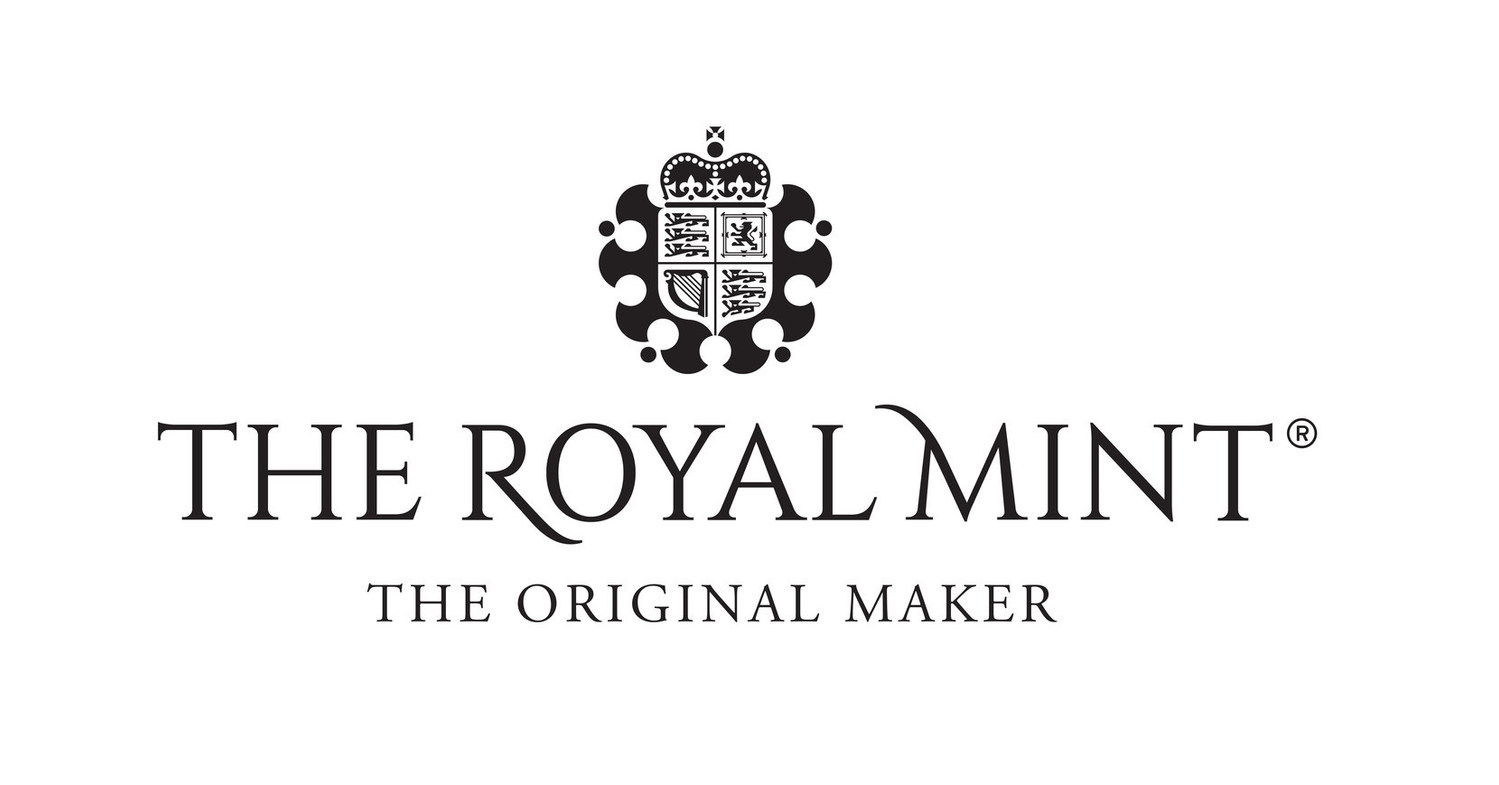With US equities entering a bear market, the Federal Reserve implementing its largest rates hike since 1994 and most western economies only a quarter away from entering technical recessions, it is about time investors consider ways to hedge their portfolios for choppier waters.
Before the Fed increased its funds rate by a daunting 75 basis points to tackle 8.6% consumer price inflation (CPI) last Wednesday, Ford’s CFO told attendees of Deutsche Bank’s 2022 automotive conference the carmaker is seeing a rise in loan delinquencies by its customers. Meanwhile, US property demand is under pressure as mortgage rates spiked to 6% after their largest one-week jump since 1987.
With consumers struggling to keep pace with the spike in financing costs and the Fed expecting interest rates to reach 3.4% by the end of the year, JP Morgan recently became the latest bank to price in a recession with an 85% probability.
Some predict the UK might face difficulty even sooner, though, with manufacturing output already cooling in five out of seventeen subsectors and a CPI higher than the US unlikely to be helped by the autumn energy price cap rise, which Cornwall Insight analysts expect could see prices run upwards 51%.
Against this dour outlook of recession and potential stagflation, there are several hiding places investors might seek out within ETFs.
1. Invesco S&P 500 High Dividend Low Volatility UCITS ETF (HDLG)
Up first is Invesco’s $322m HDLG, which has outperformed the S&P 500 by 28.6% so far this year.
Incidentally, ETF Stream chose HDLG as its ETF of the month in April, when the ETF housed less than half of its current asset under management (AUM). According to ETFLogic, the product has seen $209m inflows over past two months, as at 20 June, as investors rushed for a more defensive tilt on US equity exposure.
HDLG has a total expense ratio of 0.30% and tracks the S&P 500 High Dividend Low Volatility index. This takes the parent index and then ranks the top 75 companies according to their 12-month dividend yield – the 50 with the lowest realised volatility are then selected and weighted by dividend yield. Each constituent is capped at 3% and each GICS sector at 25%.
The ETF’s defensive tilt is evidenced in its sector allocations, with a 20.8% weighting to utilities and 20.1% to consumer staples. Meanwhile, it boasts a distribution yield of 3.2% and a market beta ratio of 0.42, illustrating its income and low volatility acumen.
2. JP Morgan BetaBuilders US Treasury Bond 0-3 Months UCITS ETF (BB3M)
Next, the $109.5m BB3M launched last February and could offer a fixed income play with some protection against further interest rate hikes.
The ETF carries a fee of just 0.07% and captures the 22 market-cap-weighted bonds in the ICE 0-3 Month US Treasury Notes & Bills index.
Constituents have an average duration of 0.1 years, yield to maturity of 0.8%, average coupon of 1.3% and a credit rating profile of 13.7% AAA and 86.3% AA.
By only holding fixed income securities with three months or less to maturity, money market instruments such as BB3M are among the least interest-rate sensitive options within their asset class. Combine this with at least some yield potential and ultra-short-term US Treasury bond ETFs seem like a reasonable place to search for shelter.
3. Lyxor Hwabao WP MSCI China A UCITS ETF (CNAA)
Rather than being a safe haven, Lyxor’s $241m CNAA may offer investors a chance to desynchronise from western economies.
With a fee of 0.35%, CNAA is the largest ETF that physically replicates the MSCI China A index of 495 large and mid-cap companies listed on the Shanghai and Shenzen exchanges – available through the Stock Connect scheme.
China’s onshore market is often under-appreciated by international investors, with A-Shares being 95% owned by Chinese investors, according to KraneShares in November 2021. Not only does JP Morgan believe “investors do not have exposure to Chinese onshore assets” but said reallocating to onshore equities could improve a portfolio’s risk-adjusted return.
While the most recognisable Chinese names – such as Alibaba – have taken to also listing in the US via American Depository Receipts – these have proven to be a political volleyball over the last year. The Russian situation should make investors think twice about depository receipts, or companies seeking inclusion in the MSCI emerging markets index – such as those in the MSCI China A Inclusion index – in exposures where geopolitical risk is a factor.
For now, China’s economy may also be in a relatively attractive position. While it would be unwise to speculate when its zero-COVID-19 policy will come to an end, the Chinese Communist Party (CCP) appears to be loosening the tough stance on tech that hampered valuations last year.
Also, China is only one of two major economies where the overnight rate exceeds inflation, according to StoneX Group. In positive real rates territory, policymakers are in a far better position than their western counterparts to support economic growth.
4. The Royal Mint Responsibly Sourced Physical Gold ETC (RMAU)
Next is a classic volatility hedge with a twist – the recently revamped $619m RMAU from The Royal Mint in partnership with HANetf.
Investors often rush to the precious metal during periods of volatility, such as recessions, given it has limited correlation to equities and has defensive store of value qualities. In fact, gold rallied 18% during the first seven months of 2008 while the S&P 500 fell 37%. Given the current backdrop, Goldman Sachs predicted a month ago that gold could reach $2500 an ounce by the end of the year.
RMAU is The Royal Mint’s own exchange-traded commodity (ETC) and offers physical exposure to the underlying metal. While its TER of 0.22% is mid-ranking within its product segment, within this is a feature that makes the ETC unique.
Unlike other ETCs, RMAU recently began offering exposure to gold recycled from ‘swarf’ discarded during engraving processes, and waste gold from smartphones and laptops. The ETC also became the first to not only stop buying new Russian gold bars but removed all legacy Russian bars from its reserves.
Though these features might not contribute to the product’s performance, their popularity among investors is evidenced by RMAU’s $350m inflows so far this year, as at 21 June.
5. L&G Quality Equity Dividends ESG Exclusions UK UCITS ETF (LDUK)
Rounding off our list is the multi-factor defensive $52m LDUK, which launched last April and offers exposure to a developed market that may outperform its peers in the coming years.
LDUK’s TER of 0.25% makes it one of the less expensive yield strategies targeting UK equities, alongside a healthy dividend yield of 3.35%.
Tracking the FTSE All Share ex IT ex CW ex TC ex REITS Dividend Growth with Quality index of 35 companies from sectors including financials, consumer staples, utilities, health care and materials, with positive dividend growth and enhanced quality characteristics such as a track record of profitability.
While CPI readings are a red flag for the UK economy, Invesco’s mid-year outlook suggested US equities have a potential further 10% downside while the UK “with its feet firmly grounded in ‘value’”, could have around 20% upside.
Other considerations
Outside of these potential candidates, investors might also consider individual sector plays with defensive characteristics, such as utilities, consumer staples and health care ETFs, or single country exposures, with Citi identifying Switzerland as a potential recession safe haven.
More exotic alternatives could include the growing range of single stock and broad index short exchange-traded products (ETPs) or wrapped currency strategies, with most long US dollar, short another currency products currently enjoying strong returns.
Related articles










